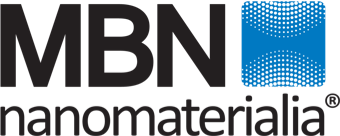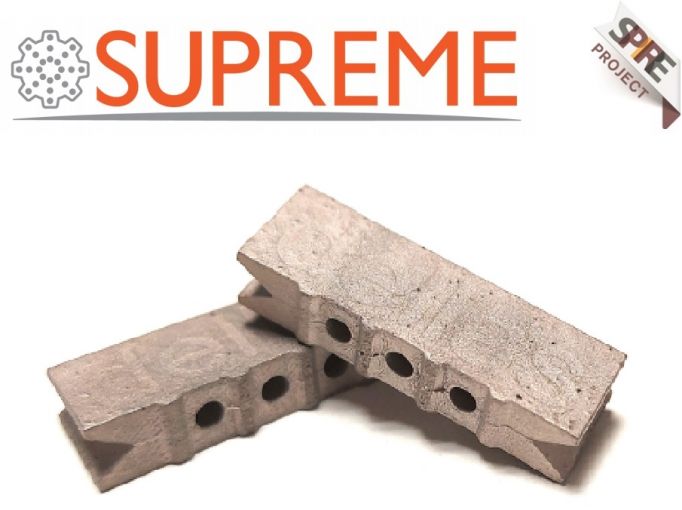News
Development of Powder Injection Moulding process of cobalt free diamond composite for cutting tool applications
by I. Agote1, C. Guraya1, A. Colella2, E. Nicolis3, M. Dai Prè3
1 Tecnalia, Basque Research and Technology Alliance (BRTA), Donostia/San Sebastián, Spain
2 MBN Nanomaterialia SpA, Vascon di Carbonera (TV), Italy
3 Dellas SpA, Lugo di Grezzana (VR), Italy
The present work is part of a wider context of the European project SUPREME (www.supreme-project.com) aimed to a sustainable and flexible powder metallurgy processes optimization by a holistic reduction of raw material resources and energy consumption and it is published in the “Diamante” magazine (Edition n°102/January 2021) (www.gmassdiamante.com)
ABSTRACT
Nowadays, diamond blades and wires are commonly used for sawing natural stone, concrete and ceramics. The cutting section of the tool consists of synthetic diamond crystals embedded in a metallic matrix, obtained using powder metallurgical (PM) routes: the most common route includes the hot pressing of the composite to obtain a fully dense part.
This process has some limitations in terms of achievable part geometrical complexity and process productivity.
In addition, the most commonly used metallic matrix is cobalt, which besides its proven high toxicological risk (REACH
legislation), it is considered as a critical raw material (CRM) by the European Union.
The present work has a twofold objective: from one side the substitution of cobalt by other non-toxic elements, and
at the same time, the development of a powder injection moulding process to allow obtaining more complex shape
parts (thus improving their performance) and increasing the process productivity.
The current manufacturing process of segments for tools for rocks cutting, uses pressure assisted sintering process (uniaxial hot press) to obtain fully dense materials at relatively low sintering temperatures.
This manufacturing route has some limitations such as the restrictions in the part geometry and productivity of the process.
DIM (Diamond Injection Moulding) or PIM (Powder Injection Moulding) can certainly overcome those limitations of the
current manufacturing route. In fact, two of the main distinctive features of the PIM process are the possibility to obtain complex shape parts and the high productivity of the process.
Furthermore, the PIM process also requires the design of a suitable binder system and feedstock for the process (to allow a good injection moulding process, fast debinding and adequate sintering).
Considering the above, the aim of this paper is to:
i) the substitution of Co as the metallic binder phase by a new non-critical and less toxic alloy;
ii) the optimization of diamond injection molding process;
iii) an “ad-hoc” water soluble organic binder system for the injection moulding process was developed.

